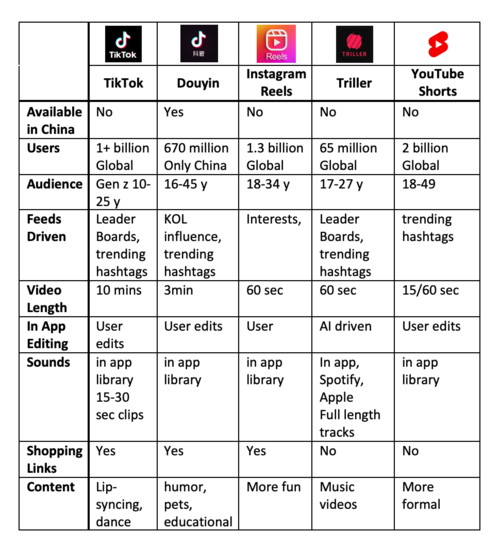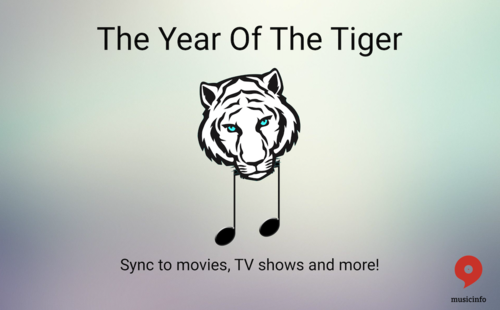There’s a huge demand for original, vintage band t-shirts, with over a quarter of a million people (276,200 in January) searching for band tees every month. But why? And what puts certain bands in such favour for the real deal?
Well, for starters, the industry has changed. Merch’s role within music has become more important, as smaller artists need more support than just a stream to make a profit.
To take a deeper look at the changing state of music, Everpress has sourced monthly search volumes for band t-shirts (for example, ‘nirvana t-shirt’) and multiplied this with the t-shirt selling for the highest price (for that band) on eBay.
Which bands could be making the most from selling vintage t-shirts?

Nirvana could be making the most profit off of their vintage t-shirts, with potential earnings of up to £32,110,620, thanks to the 8,500 monthly searches for ‘nirvana t-shirt’ and their high resale value.
Following closely is the Rolling Stones, with their potential earnings coming in at over £27 million. Despite a far lower monthly search volume for their original merch (3,600), the potential resale value was much higher, with the highest item selling for just under a whopping £8000.
While the top two are definitely in a rat race for the highest potential earnings, the gap grows considerably beyond this point.
Rounding off the top 5 are Metallica, Led Zeppelin and Iron Maiden, with potential earnings of £5,543,454, £4,533,264 and £3,625,000 each.
How the money-making machine has changed in music
With CD sales reducing by 27% annually between 2018 and 2020, artists can no longer rely on sales to make a profit.
Streaming services like Spotify don’t help either, with artists only making 0.0028 pence per stream on average.
Nirvana, the table topper, would need over an astounding 11 billion streams (11,468,078,571) a month to match their potential earnings from their vintage t-shirt resale.
This is closely followed by The Rolling Stones, needing 9,714,137,143 streams to equate their potential earnings.
The rest of the top five bands would also need over a billion streams, too. Metallica, Led Zeppelin and Iron Maiden all needed 1,979,805,143; 1,619,022,857; 1,294,642,857 respectively.
Are modern artists missing out?
Streaming culture means modern artists rely more on merchandise as a money-making scheme, with some charging hundreds on the initial sale.

The highest potential earnings of a modern artist from merch resale is Eminem, with £576,000 - still over £31 million (31,534,620) lower than that of Nirvana.
This is followed by Billie Eilish and Travis Scott in second and third place, with potential earnings of £530,000 and £323,840 each - 5032 and 1611 per cent lower than their silver and bronze counterparts, the Rolling Stones and Metallica.
Is there a ‘gender pay gap’ in music merch?
Out of the top 50 groups (with the highest search volume for band tees) only two included female musicians - Fleetwood Mac and Bikini Kill.

Everpress’s findings show that the ‘gender pay gap’, in terms of music merch is, £30,732,508 (126% difference)(Fleetwood Mac v.s Nirvana).
Amongst the women, only one group could earn over £1 million from vintage t-shirt resale. Second place Blondie, were only able to earn £304,000 - barely chipping at the armour of their silver podium counterpart, The Rolling Stones (who could make as much as £8,8155 per cent more).
No other women-fronted group reaches the £100,000 mark, with third-place ABBA able to earn just £45,000 from their vintage t-shirt resales.
Alisha, music sales lead at Everpress, commented:
“Anyone can become an ethical listener. By using more fairly weighted streaming platforms, you can help artists keep creating things for you to enjoy.
“Right now, the music industry (like so many others) operates under the might of late-stage capitalism, leading to unethical streaming platforms and bootleg merch skimming the money that artists need to make music and huge corporations sliding in to take whatever they can too.
“At Everpress, we’re partnering with Bandcamp. This means smaller independent artists are now able to sell their merch through Bandcamp, cutting out the powerful organisations that profiteer from creative minds and giving the control back to the artists.”
Bands would need 11 BILLION Spotify streams to match the value of their vintage merch
 May 9, 2023
May 9, 2023 











